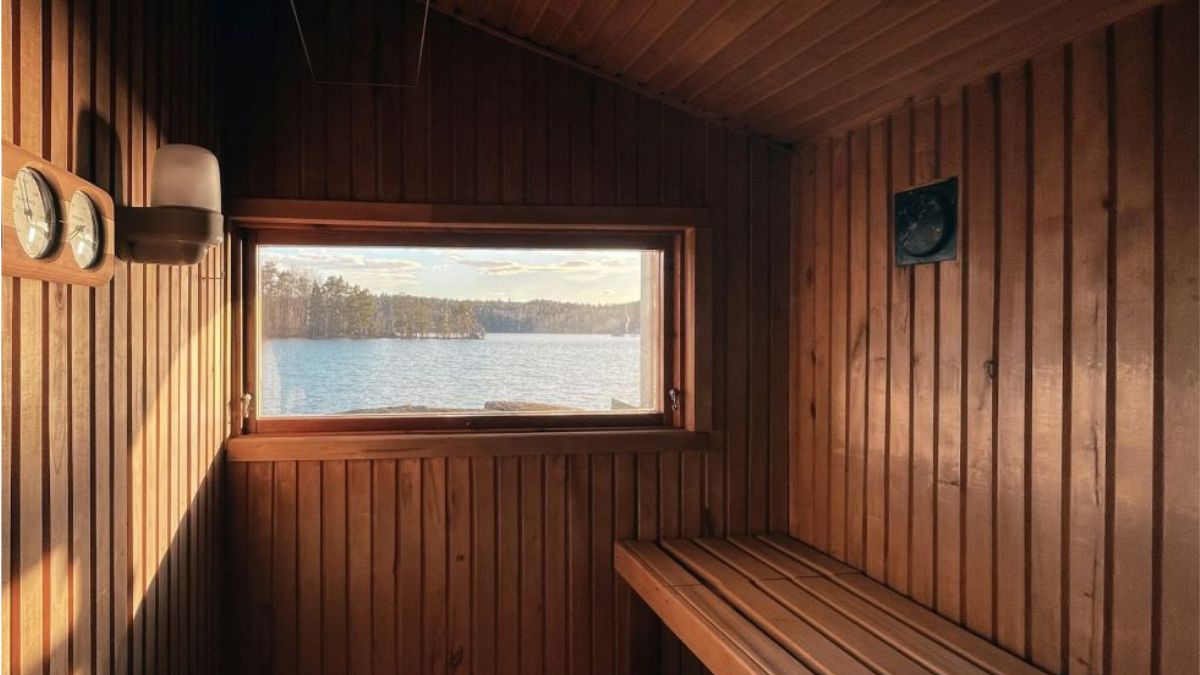Far Infrared Sauna: What Are the Real-World Benefits? (My Experience)
Quick Answer:
Many people use far infrared (FIR) saunas for relaxation, a perceived reduction in muscle tension, pre-sleep wind-down, and a feeling of warm circulation—often at lower air temperatures than traditional saunas. Start low and slow, hydrate, and follow safety guidance or your clinician’s advice.

Why I Tried FIR
I wanted deep warmth without the blast of very hot air. On colder weeks, after long workdays and screen time… I craved something that helped me down-shift. FIR offered a gentle heat I could tolerate longer, plus a simple routine I’d actually repeat.
What I Actually Noticed (experience, not claims)
- Relaxation & ease. The steady, penetrating warmth helped my body stop “bracing.” I left sessions looser and quieter.
- Post-workout comfort. I often felt a perceived reduction in muscle tightness the day or morning after training.
- Evening wind-down. On cold evenings, a short session made it easier to step into a slower pace before bed.
- Lower air temps. I appreciated the comfort of lower ambient temperature than a Finnish sauna while still feeling thoroughly warm.
(Your body is unique. Notice what changes for you… tension, mood, breath, sleep latency, and adjust accordingly.)
How to Start (simple & safe)
- Temperature: Begin around 110–120°F (43–49°C). As comfortable, explore up to ~135°F (57°C).
- Time: Start with 10–15 minutes. If you feel well, build to 20–30 minutes.
- Frequency: 2–3 times/week is plenty to begin.
- Hydration: Drink water before and after. On heavy-sweat days, a light electrolyte add-in can help taste and balance.
- Cool-down: Sit or walk gently 5–10 minutes. Optional: a brief lukewarm rinse to remove sweat/salt, especially after public sessions or heavier sweats. (Details in FAQ below.)
- Add a nervous-system cue: Keep your exhale a little longer than your inhale.
Micro-practice (during your session):
Every few minutes, do one longer, smoother exhale, soften jaw/shoulders ~5%, and widen your gaze. Two breaths is enough.
Safety Notes (read first)
- Skip or get medical clearance if you are pregnant, have cardiovascular conditions, heat intolerance/fainting history, are on medications that affect sweating/thermoregulation, have open wounds, or have consumed alcohol.
- Stop immediately if you feel dizzy, nauseated, or unwell; cool down and hydrate.
- This article is educational and not medical advice. For personal guidance, consult your licensed clinician.
At-Home Options (no brands, just formats)
- Full cabin: Room to sit, even heat, higher upfront cost.
- Portable tent: Compact, faster warm-up, lower cost; ventilate room.
- Sauna blanket/mat: Easiest to store; line with a towel, wipe down after.
- Gym/clinic day-pass: Try sessions before buying anything.
Hygiene: Wipe surfaces after use, wash towels promptly, and air out the space.
If You Don’t Have a Sauna
You can still get a gentle warm-down-shift:
- Warm shower or bath + longer exhale for a minute.
- Heated room + our 60-Second Somatic Reset (spine tall, soft jaw/shoulders, wider gaze).
- Pair with an evening light dim and quiet music.
Related reads:
- What Is the 60-Second Somatic Reset?
- Why Plants Calm the Nervous System
- Recommended (non-ingestible tools for sleep/light/air)
Simple Session Template (copy/paste)
- Pre: Hydrate; set a 20–25 min timer (including a few minutes to warm).
- During: Sit comfortably; every few minutes, take one longer exhale and soften shoulders ~5%.
- Post: Cool down 5–10 min; lukewarm shower; sip water again.
- Note: Jot one change you notice (tension, mood, sleepiness).
CTA
Prefer a guided wind-down for non-sauna days? Get our free 7 to 10-minute “Return to Calm” audio + one-page recap card.
Send me the free meditation »
FAQ
Is far infrared “better” than a traditional sauna?
It’s different. FIR typically uses lower air temperatures while providing a deep sense of warmth. Preference, access, and how your body feels are the biggest factors.
How long should I stay in?
Begin with 10–15 minutes and see how you feel. If all is well, build toward 20–30 minutes. There’s no prize for longer. Note: You can also start with as little five minutes if that’s the temperature your body can tolerate at the onset.
Does sweating “detox”?
Sweating primarily helps regulate temperature. Your liver and kidneys do most detox work. Staying hydrated and resting well support recovery.
What should I drink afterward?
Water is usually enough. On heavy-sweat days, a light electrolyte add-in can help taste and balance.
Can I use it at night?
Many people find evening sessions supportive. Finish 1–2 hours before bed so your body temp can drift down.
Do I need to shower right after an FIR sauna?
You don’t have to shower after an FIR session, but many people like a quick lukewarm rinse to remove sweat/salt, especially after a public sauna, heavier sweats, or if your skin is sensitive/acne prone.
How: cool down 5–10 min first → brief lukewarm rinse (no harsh scrubbing) → pat dry → light moisturizer if needed → rehydrate. Skip ice-cold plunges if you feel light-headed or have cardiovascular concerns.
Definitely shower if: you used a shared facility or sauna blanket/tent liner, or you’re heading to bed and don’t want dried sweat on skin/bedding.
Okay to skip: light sweat at home + no skin issues; just cool down and change into dry clothes.
Clinical services are provided within my scope as a licensed clinical psychologist (CA, RI). My Doctor of Integrative Medicine credential is a doctoral degree with board certification by the Board of Integrative Medicine (BOIM) and does not represent a medical/physician license. All educational content is for learning only and is not a substitute for professional medical or psychological care.
About Dr. Nnenna Ndika
Dr. Nnenna Ndika is an integrative, trauma-informed clinical psychologist (CA/RI) and Doctor of Integrative Medicine (BOIM). Her work bridges neuroscience, somatic regulation, and environmental rhythms—simple, minimalist practices that help the body remember safety and the mind regain quiet strength. Silent Medicine is educational only; it does not replace medical or psychological care. Begin with Start Here or explore Mind-Body Healing.






